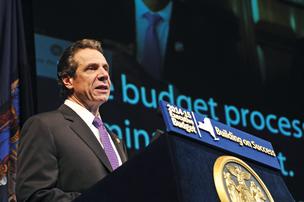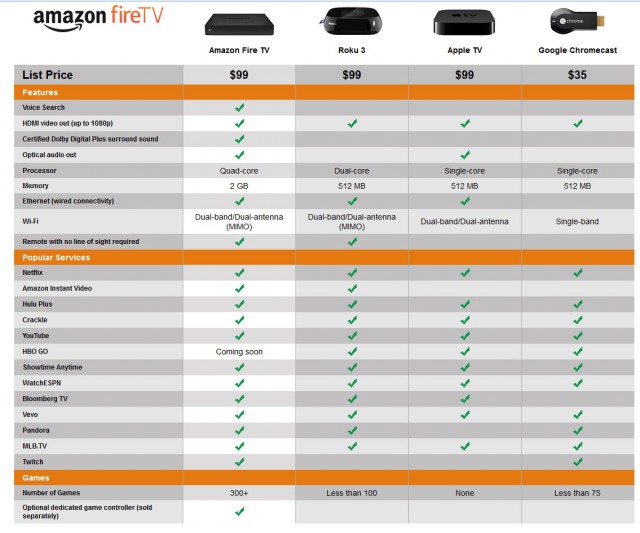 For years Verizon Wireless has charged some of the highest prices in the wireless industry because it could. But those days may finally be coming to an end as the company admits it is seeing an increase in customer disconnects, and the company announced it will spend more on subscriber promotions to win back old customers and attract new ones.
For years Verizon Wireless has charged some of the highest prices in the wireless industry because it could. But those days may finally be coming to an end as the company admits it is seeing an increase in customer disconnects, and the company announced it will spend more on subscriber promotions to win back old customers and attract new ones.
Verizon Wireless executives have repeatedly stressed they can charge ‘Cadillac prices on a Cadillac network’ that has traditionally outperformed the competition in coverage, 4G data, and customer service. But customers may be telling the carrier “enough as enough” as a growing number are attracted to offers of dramatically lower pricing from Sprint and T-Mobile.
In a statement issued to shareholders, Verizon Wireless reports it is not on track to have a completely Merry Christmas:
As the company is accelerating the upgrades of high-quality customers to 4G, total retail postpaid disconnects are trending higher both sequentially and year over year in this highly competitive and promotion-filled fourth quarter.
The company expects that the fourth-quarter impacts of its promotional offers, together with the strong customer volumes this quarter, will put short-term pressure on its wireless segment EBITDA and EBITDA service margin (non-GAAP, based on earnings before interest, taxes, depreciation and amortization) as well as its consolidated EBITDA margin (non-GAAP) and earnings per share.
Despite the growing number of customers leaving Verizon for more affordable alternatives, those remaining are willing to pay even higher prices upgrading to the latest smartphones and tablets equipped to take advantage of Verizon’s 4G LTE network. Customers are gradually moving away basic cell phones and towards smartphones and tablets.
Customers are also increasingly willing to abandon the upgrade subsidy in favor of early upgrades and device payment plans. Verizon reports almost one-quarter of customers are now enrolled in its Verizon Edge smartphone program, which budgets the cost of a new phone in installments charged to a cell phone bill. Just three months ago, Verizon had only enrolled 12% of its customers in the upgrade program.


 Subscribe
Subscribe New York Gov. Andrew Cuomo has set a goal that every resident of New York State should have access to at least 100Mbps broadband no later than 2018.
New York Gov. Andrew Cuomo has set a goal that every resident of New York State should have access to at least 100Mbps broadband no later than 2018.
 That must come as a relief for Verizon. The state’s largest phone company has petitioned state officials in the past for a gradual mothballing of New York’s rural landline network in favor of switching customers to wireless voice and broadband over Verizon’s cellular network. Theoretically, taxpayers could end up subsidizing the demise of rural New York landlines and DSL if Verizon seeks money from the rural broadband fund to expand its wireless tower network in rural New York. Time Warner Cable almost certainly will also seek more funding, probably in excess of the average $1,264 paid to the cable company for each of the 4,114 additional connections it agreed to complete during an earlier round of funding.
That must come as a relief for Verizon. The state’s largest phone company has petitioned state officials in the past for a gradual mothballing of New York’s rural landline network in favor of switching customers to wireless voice and broadband over Verizon’s cellular network. Theoretically, taxpayers could end up subsidizing the demise of rural New York landlines and DSL if Verizon seeks money from the rural broadband fund to expand its wireless tower network in rural New York. Time Warner Cable almost certainly will also seek more funding, probably in excess of the average $1,264 paid to the cable company for each of the 4,114 additional connections it agreed to complete during an earlier round of funding.

 “The telecommunications language will force the governor to veto this bill, as he has personally said and has also been repeated several times by other members of the administration,” Jim Zehringer, director of the Ohio Department of Natural Resources told the Ohio Senate’s Agriculture Committee during an informal hearing on the legislation. “We would be sacrificing all the great work done so far on this bill if these provisions are not removed.”
“The telecommunications language will force the governor to veto this bill, as he has personally said and has also been repeated several times by other members of the administration,” Jim Zehringer, director of the Ohio Department of Natural Resources told the Ohio Senate’s Agriculture Committee during an informal hearing on the legislation. “We would be sacrificing all the great work done so far on this bill if these provisions are not removed.”
